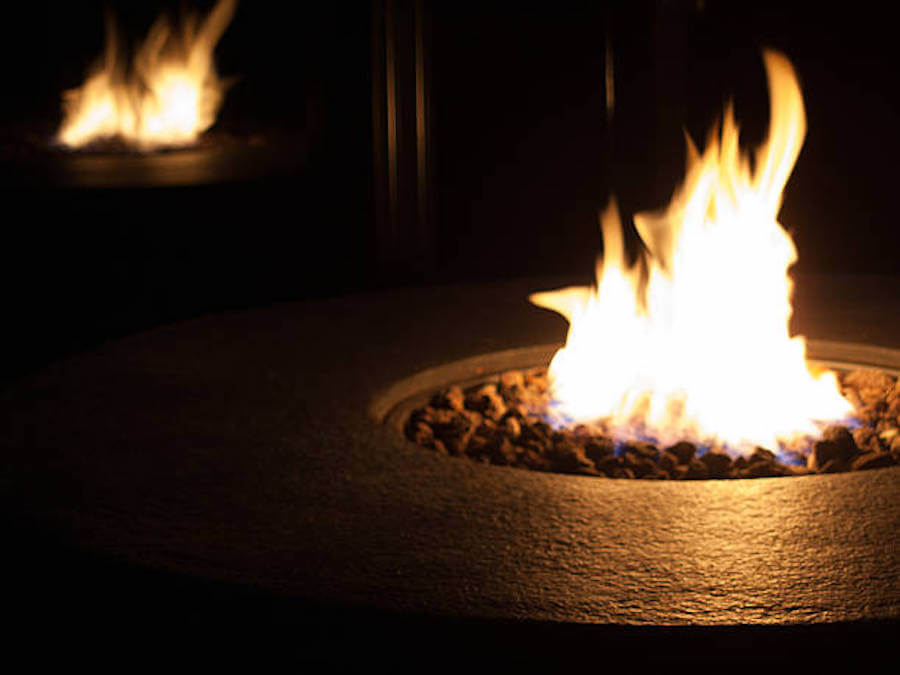When it comes to how to convert a propane fire pit to natural gas, the best and safest way is to get help from a skilled and trusted expert.
It’s especially true when you’re inexperienced and don’t have time for that.
But it doesn’t mean you can’t do it yourself. If you would like to save money on hiring a professional, this guide will help you get the job done quickly.
So without wasting more time, let’s dive into the details!
Table of Contents
How to Convert a Propane Fire Pit to Natural Gas?
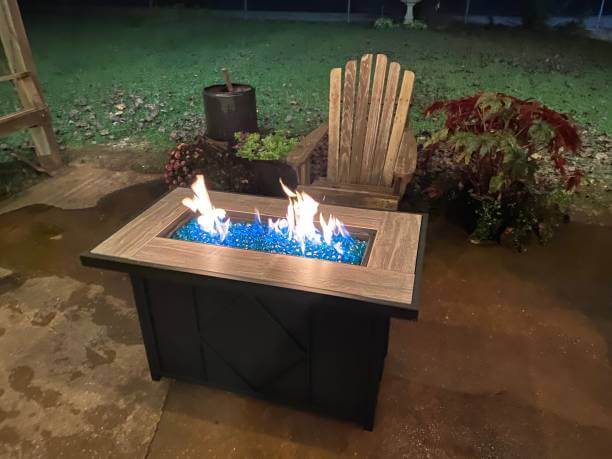
Natural gas is known as an excellent option for fixed location firepits, and the good news is that the propane fire pit can utilize natural gas in most cases.
But remember that this change is not an easy process, which can be daunting to many people, especially those who are inexperienced.
As a result, you should be a professional in this area, or hiring a professional is the way to go if you’re an amateur.
If you’re confident about completing this project, you need to follow the steps.
Step 1: Select The Fuel For The Fire Pit
You should start by deciding if you like natural gas or propane.
If you want to use a fire pit more often, we recommend using the natural gas one as it will save you fuel costs in the long run.
While it may seem a bit more convenient than digging your yard to lay down the gas lines, ensure to check out the burner kit’s specifications you are aiming for.
A smaller tank may limit your device’s BTU output, so ensure you need this before jumping into the next steps.
Step 2: Pick The Ignition Kind
Once you have determined which fire pit kind you will use, it’s time to think about ignition. You can burn fire pits in two popular ways: electric & gas.
Although the Gas option is more popular, the electric option is preferred as it is effortless to utilize.
When you choose between the two, consider your intended use and budget.
Step 3: Choose Burner Shape
There is no denying that each kind of burner features its own strengths.
For example, the Penta burner is the most prevalent choice when it comes to simple square or round fire pits.
We recommend basing on the fire pit’s inside dimensions to decide your burner’s size.
If you feel confused in determining exact dimensions, you should ensure to have four inches (at least) between the fire pit’s inside edge and your burner’s edge.
Step 4: Mount Ventilation
Having adequate ventilation that comes with the fire pit is essential.
Remember to make sure this figure matches the ventilation’s maximum amount required by your state to ensure combustion happens correctly.
Step 5: Install Your Gas Valve
You need to prepare the 1/4-turn valve to control the gas flow to your burner.
We recommend mounting the valve somewhere that is easily accessible, such as your enclosure’s side.
One core drill is your must-have when talking about drilling holes into the concrete.
If you do not own one yet, renting it from your local hardware stores is okay, or buying one paver kit.
Step 6: Install The Pan
Although installing the pan is unnecessary, you should prepare one as it helps assist with suitable drainage, lowering the quantity of media you need to prepare. Also, it will offer a more professional look overall.
This pan allows you to easily access the gas line when the fire pit requires repair.
In addition, utilizing the collar on the fire pit may prevent the fire pit’s pan from water seeping.
If your chosen paver kit has metal insulating rings, it is time to use them.
The fact is that gas will not burn hot like wood. As a result, the chance of bricks getting cracked from heat is very low.
Once you have installed the metal installation collars, you need to lower the pan. Then, you will be all set to pick your media, which we will cover in the next step.
Step 7: Pick The Media For The Fire Pit
It is alright to use different types of media for the fire pit, making your fire look like the real flames are burning.
Our recommended pick is Lava Rock, as it is an excellent stone kind. This stone type is expensive but very awesome.
This stone is a worthy investment even though it’s more costly than all other kinds of stone.
It is available in various colors; the most prevalent options are black and red.
Risks of Transforming Propane Firepit to a Natural Gas One
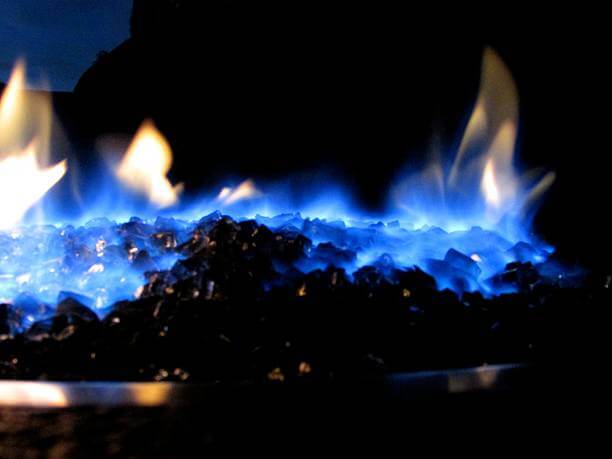
There are several severe risks when switching your propane fire pit to a natural gas one.
So we always recommend leaving this job to a skilled specialist if you aren’t an expert in this field.
It is essential to be careful and slow in attaching the natural gas lines to the fire pit. All loose and leak connections will likely lead to a dangerous gas explosion.
You can set up your conversion kit correctly. If not, the fire pit might not work.
Last but not least, you should research your local or state regulations before converting the propane fire pit to a natural gas one.
If you make any modifications without permission, you may be prosecuted for a punishable offense. As a result, ensure the laws allow you to do this project.
Why Should You Convert to a Natural Gas One?
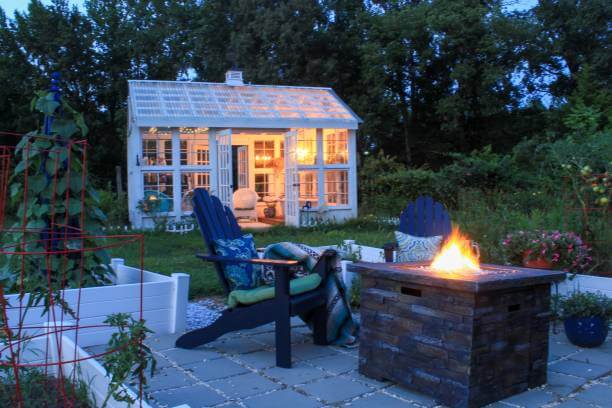
- The Natural Gas Burn Is Cleaner
There is no denying that the natural gas burn is cleaner than its propane counterpart, meaning less soot. So, it leads to requiring less frequent cleaning.
- Natural Gas Is Less Expensive Than Propane Coal
It is one of the main reasons for this conversion. Natural gas is considered a budget-friendly option.
- Continuous Gas Supply
Gone are the days when you had to refill your tank every time it ran out of propane. You can utilize the fire pit whenever possible.
- Safer Option
Natural gas will dissolve fast, posing little risk of explosion or fire.
FAQs
Things to consider before converting fire pit to natural gas
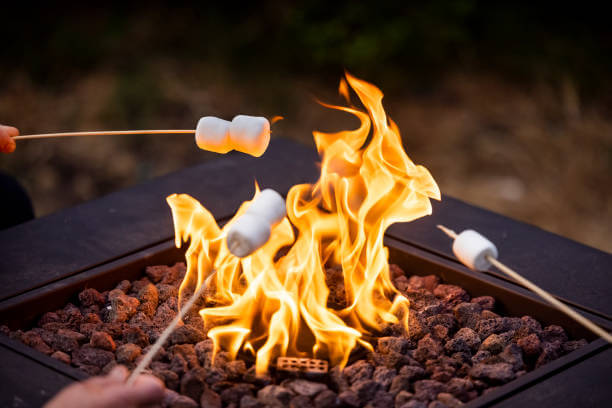
There are many good reasons to convert the propane fire pit to natural gas.
For example, you want to cut your propane gas costs because you may use the fire pit nearly every evening during winter.
In addition, it is also ideal for those who are tired of refilling their propane tank.
Coming out with a decision is the easiest part. However, applying this idea is not as easy as it seems.
Before doing so, you will need to consider many things, as changing your propane fire pit to a natural gas one is tricky.
You must ensure that your existing fire pit is compatible with natural gas.
After that, getting a conversion kit is essential for this project. This project is impossible if you have a fire pit incompatible with natural gas.
How Much Can It Cost For You To Convert The Fire Pit?
The cost of converting to natural gas should also be one of the things that you need to consider before embarking on a project.
You should start by calculating all the changes you can make, such as appropriate permits and applications for the area’s codes.
The amount you spend may vary depending on many factors, such as the product’s quality or servicing charges.
Although it may be expensive at first glance, it will be a valuable investment in the long term.
Proof that natural gas often costs significantly less than propane. That means it allows you to save a lot of money eventually.
Is It Possible to Convert Any Propane Firepit to a Natural Gas One?
In most cases, you can convert your propane fire pit to a natural gas one.
But it might be impossible for some fire pits, and the manufacturer will note it in your owner’s manual.
That said, not all fire pits will accept your conversion kit to switch to utilizing natural gas. It can be the safety issues that could arise during production.
Wrapping It Up
There are many reasons you need to know the method to convert the propane fire pit to natural gas.
If you intend to use the fire pit more often, switching to a natural gas fire pit is your best bet.
While it may initially cost you, it is a saving investment in the long run as natural gas is considered considerably cheaper than propane.
Remember that if you don’t have the skills to do it correctly or the time to spend working on it, you should get help from a professional. Best wishes!

